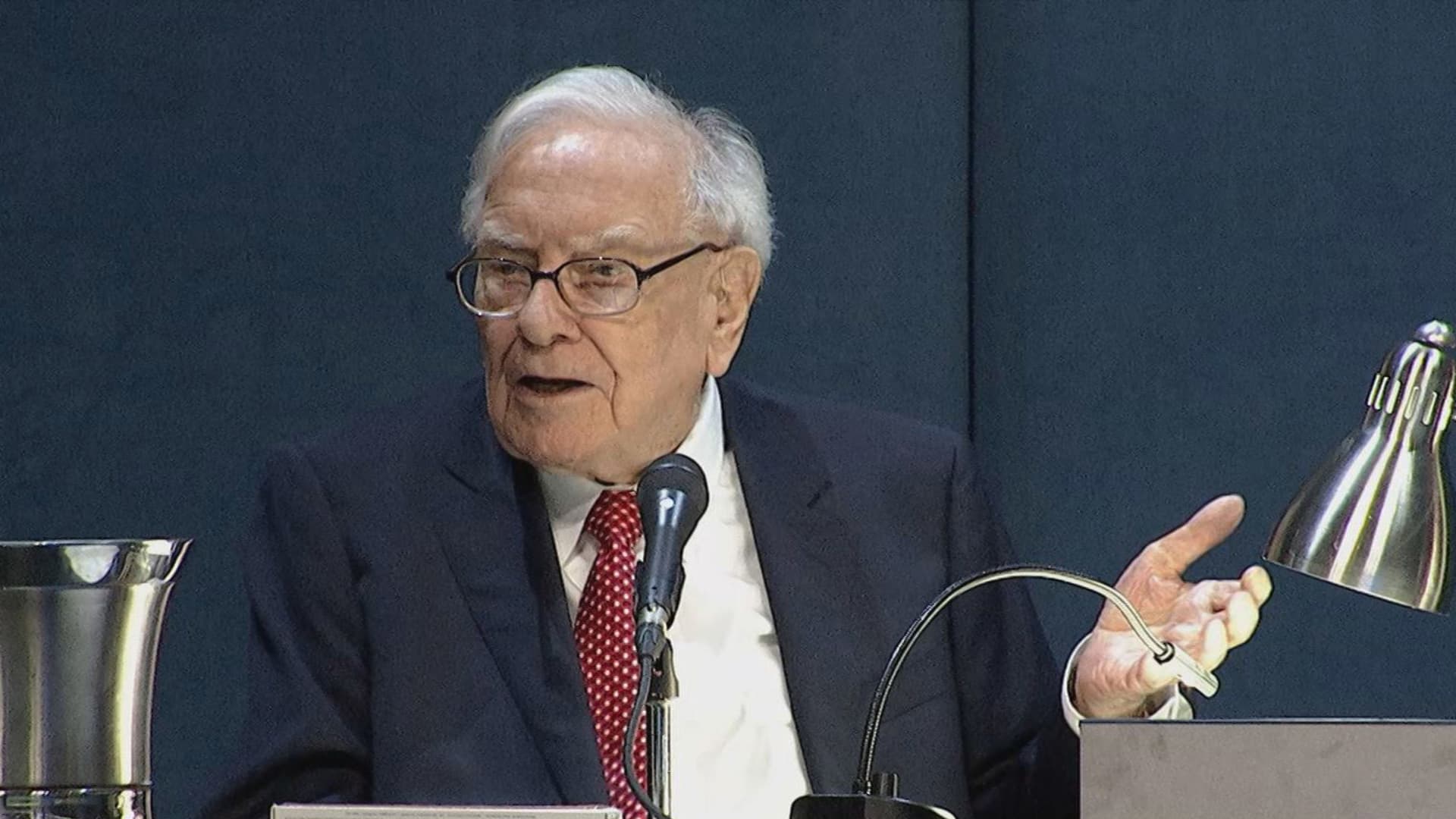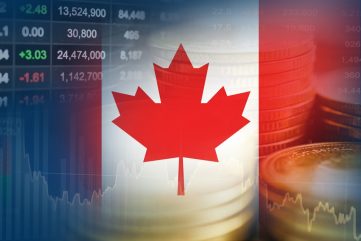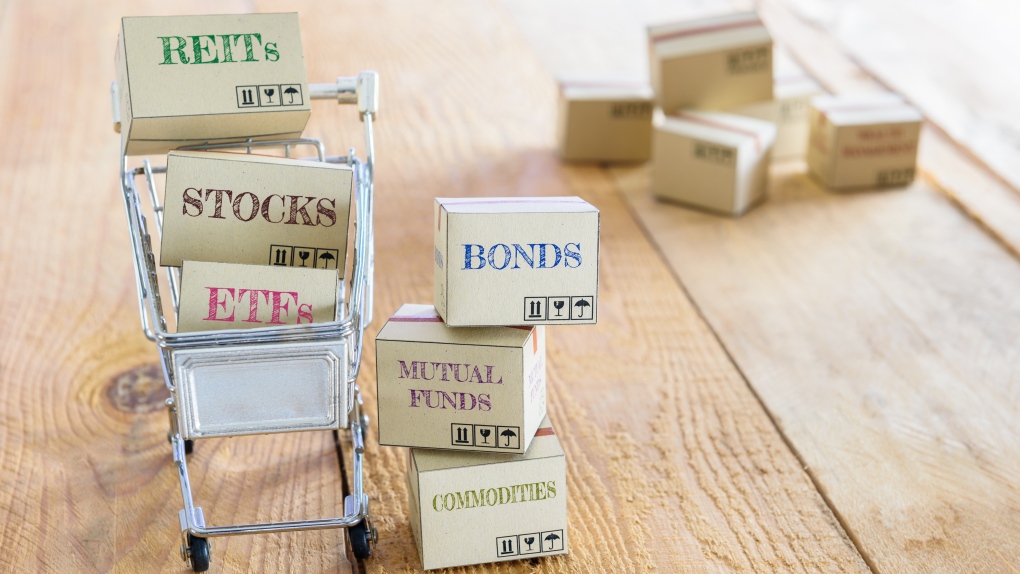On April 23, 2024, the US Department of Labor (DOL) issued a final rule (the Final Rule) expanding the definition of an “investment advice fiduciary” with respect to employee benefit plans and IRAs for purposes of determining who is a “fiduciary” under the Employee Retirement Income Security Act of 1974, as amended (ERISA). The Final Rule imposes ERISA’s fiduciary protections on many types of investment advisory relationships that were exempted under the DOL’s previous regulatory definition of “investment advice fiduciary,” which has been the standard since 1975. In the DOL’s view, the Final Rule better ensures that retirement investors’ reasonable expectations are honored when they receive advice from financial professionals who hold themselves out as trusted advice providers, by requiring that such advisors adhere to stringent conduct standards and mitigate their conflicts of interest.
Timeline, practical considerations and next steps
The Final Rule is scheduled to become effective on September 23, 2024, along with changes to related prohibited transaction exemptions (PTEs), except for PTE 2020-02 and PTE 84-24, for which there will be an additional one year transition period where exemptive relief will require a written acknowledgement of fiduciary status and compliance with impartial conduct standards. It is widely anticipated that the Final Rule will be subject to litigation challenging its enforceability.
Although the fate of the Final Rule remains unclear, financial institutions and professionals are advised to begin reviewing their current processes and policies and consider what changes are necessary to comply with the Final Rule. In addition, parties that rely on PTE 2020-02 and the QPAM Exemption should review the revised requirements of those exemptions in detail to ensure the relief offered by those PTEs will be available for their businesses, and, if not, consider whether another exemption is available or if an individual exemption needs to be








